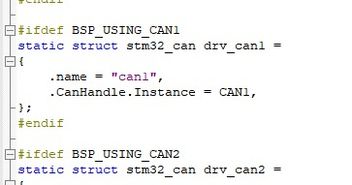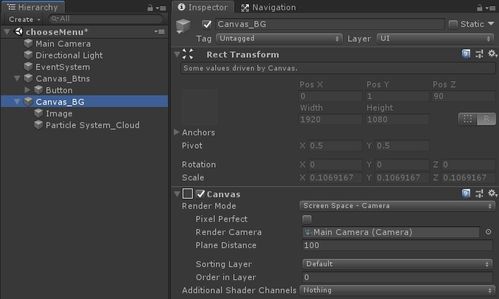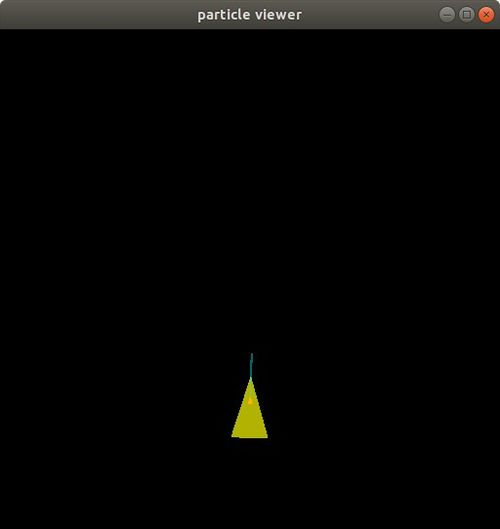Can Particle Board Be Sanded?
Particle board, also known as particleboard or chipboard, is a versatile and cost-effective material widely used in construction and furniture making. Its composition of wood particles bonded together with resin makes it a popular choice for various applications. However, one common question that arises among DIY enthusiasts and professionals alike is whether particle board can be sanded. Let’s delve into this topic and explore the various aspects of sanding particle board.
Understanding Particle Board

Particle board is made by combining wood particles, usually sawdust or wood chips, with a resin binder. The mixture is then compressed under high pressure and heat to form a solid board. This process creates a dense, strong material that is suitable for many applications, including cabinetry, furniture, and subfloors.
One of the key characteristics of particle board is its smooth surface, which makes it an ideal candidate for painting, varnishing, or finishing. However, the same smoothness can also pose a challenge when it comes to sanding, as the material can be prone to splintering and chipping.
Can Particle Board Be Sanded?

Yes, particle board can be sanded, but it requires a bit of patience and the right approach. The process involves several steps to ensure the best results and minimize the risk of damage to the board.
Preparation

Before you start sanding, it’s essential to prepare the particle board properly. Here are some key steps to follow:
-
Remove any existing finish or paint from the surface. This will allow you to get a better grip on the material and ensure a smooth sanding process.
-
Check for any loose or uneven areas on the board. If you find any, sand them down to create a flat and even surface.
-
Wipe the surface with a damp cloth to remove any dust or debris.
The Sanding Process
Now that your particle board is prepared, it’s time to start sanding. Here’s a step-by-step guide to help you achieve the best results:
-
Start with a coarse-grit sandpaper, such as 80 or 100 grit. This will help remove any imperfections and create a smooth surface.
-
Use a sanding block or orbital sander to apply even pressure while sanding. This will help prevent the sandpaper from leaving marks or grooves on the board.
-
Sand in the direction of the wood grain to avoid creating cross-grain scratches.
-
After sanding with the coarse-grit sandpaper, switch to a finer grit, such as 150 or 180 grit. This will help create a smooth and polished finish.
-
Repeat the sanding process, gradually switching to finer grits, until you achieve the desired level of smoothness.
Special Considerations
When sanding particle board, there are a few special considerations to keep in mind:
-
Particle board is more prone to splintering than solid wood, so be gentle and avoid applying too much pressure.
-
Use a dust mask and eye protection to protect yourself from wood dust and debris.
-
Consider using a sanding sealer or primer to help prevent the board from absorbing moisture and swelling.
Conclusion
In conclusion, particle board can indeed be sanded, but it requires a bit of effort and the right technique. By following the steps outlined in this article, you can achieve a smooth and polished finish on your particle board projects. Just remember to take your time, be gentle, and use the appropriate tools and materials to ensure the best results.
